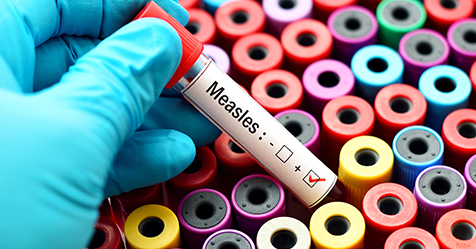2025 Handwashing Survey Offers Key Insights for Public Facility Expectations
Bradley Company’s 2025 Healthy Handwashing Survey results confirm a powerful truth: restrooms aren’t just functional spaces, they’re a mirror of a facility’s management, brand, and values. Whether restrooms fall short or exceed expectations, their impact on customer perception, loyalty, and spending is immediate.
The annual survey reflects responses from a nationally representative sample of over 1,000 Americans. Since 2009, it has tracked attitudes and habits around handwashing, hygiene, and restroom perceptions in U.S. public facilities.
Among the opinions of this year’s survey respondents:
- 84% say an unclean or poorly stocked restroom damages a business’s image.
- 75% will think twice about returning to a business after a bad restroom experience.
- 71% are more likely to return—and spend more—at businesses with clean, well-maintained restrooms.
Every year, Bradley’s handwashing survey has consistently identified the several top frustrations: clogged or unflushed toilets, unpleasant odors, and restrooms that look outdated, dirty, or unkempt. These issues don’t just create discomfort; they signal to customers that restroom cleanliness and care aren’t priorities for a business.
Restroom preferences represent a permanent shift in public expectations. Over the past 10 years, and especially in the wake of COVID-19, the importance of restroom cleanliness has surged, with the most dramatic gains between 2020 and 2022. Today, cleanliness, hygiene, and convenience are no longer extras; they’re the baseline for earning customer trust.
Bradley’s ongoing surveys also identify which restroom design and maintenance tactics drive business results. Key features for meeting rising restroom expectations include:
- Designs prioritizing hygiene and maintenance, such as sleek, seamless surfaces and fingerprint-resistant finishes that improve restroom appearance and cleanability.
- No-touch fixtures, such as faucets and towel dispensers, that improve user convenience and ease of cleaning.
- Integrated handwashing systems offer all-in-one, sensor-activated soap, water, and drying features to improve user traffic flow and reduce water mess.
- Smart monitoring systems include maintenance indicators and top-fill, multi-feed soap systems that cut downtime and labor.


